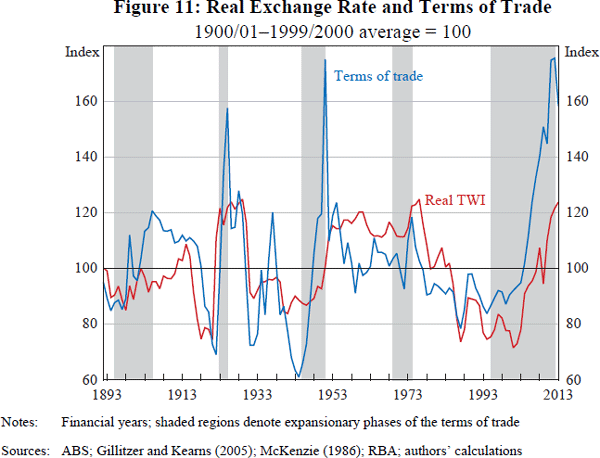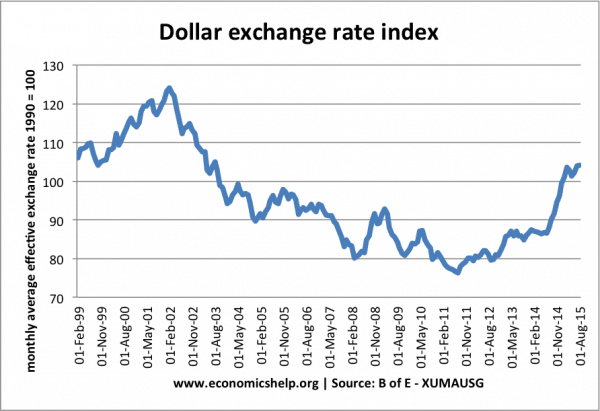
If the US interest rate increases relative to Mexico, the demand for US dollars will increase as foreign investors purchase dollars to invest in the US seeking a higher rate of return. These interest rate changes could come from the loanable funds market or the money market. The second determinant of demand is interest rates. Some factors that influence the demand for a country’s exports include price levels (lower price levels, higher demand), foreign national income (more foreign income, more demand), and foreign consumers’ tastes and preferences. If demand for exports decrease, demand for the currency also decreases (causing the currency to depreciate). If the demand for a country’s exports increase, the demand for the currency also increases (causing the currency to appreciate). The first is the demand for a country’s exports. When the exchange rate falls, the currency depreciates.ĭeterminants of Currency Demand: There are 3 determinants of demand for a currency (shifters).

When the exchange rate increases, the currency appreciates. In this case, the price is called the exchange rate. Just like every other market, where the two curves intersect you find the equilibrium price and equilibrium quantity.

The “x” axis is the quantity of US Dollars. Note: I will use the market US Dollars relative to Mexican Pesos as my example for simplicity, but these concepts apply equally to any two currencies.Īxes: The “y” axis on the foreign exchange market is the “Exchange rate in Pesos,” “Pesos per Dollar,” or my preference, “Price of Dollars in Pesos.”


 0 kommentar(er)
0 kommentar(er)
